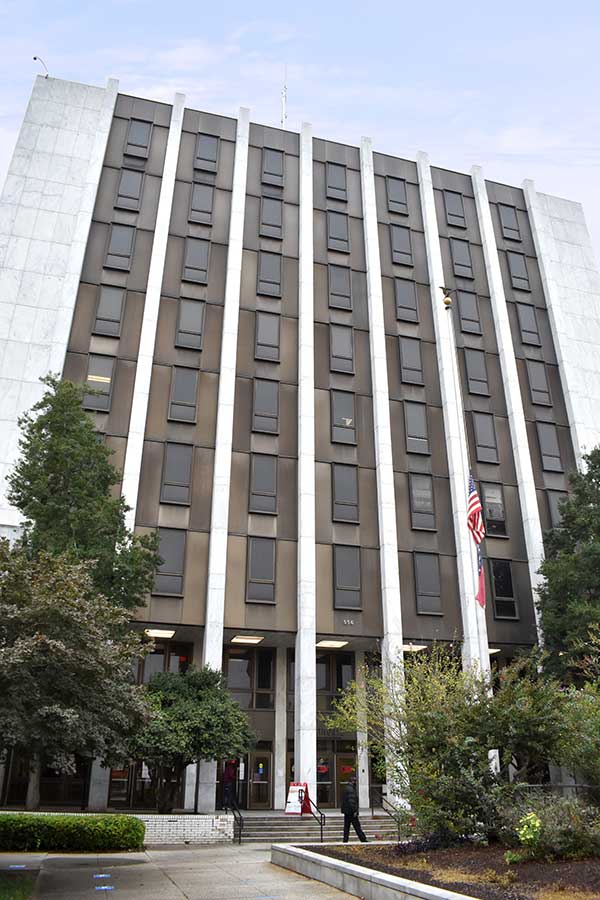InTucker Magazine
October 2020
On The Beat with Lt. Schoeppner – October 2020

Lt. D.G. Schoeppner is Tucker’s liaison to the DeKalb County Police Department and can be followed at facebook.com/dgschoeppner or emailed at dgschoeppner@dekalbcountyga.gov.
As I write this column, it is the day after a grand jury in Louisville, Kentucky handed down its decision regarding the death of Breonna Taylor. This is a case that has garnered extensive media coverage and sparked protests, both in communities, as well as in professional sporting venues. Since the grand jury decision has been announced, there have been riots, countless dollars of property damage and, worst of all, the shooting of two police officers. My purpose in writing this month’s column is not to adjudicate the Taylor case or to debate the findings of the grand jury, but rather to educate you on how our system works and how grand juries function.
Presenting a case to a grand jury is one of several processes through which a criminal case travels on the way to trial. The process varies by state but remains mostly the same. For the purposes of this article I will be talking about the process in Georgia. It would be the most relevant to you as a citizen. It is also the one I am most familiar with.

Grand juries consist of a panel of 16 to 23 citizens. These jurors are selected by the same process that someone would be selected for jury duty. Once a grand jury is convened they serve for a two-month term. During this term they meet regularly and consider numerous cases.
These cases are presented by the District Attorney’s office. The prosecutor may or may not call witnesses. From my experience, either the case detective or an investigator from the DA’s office presents it. The testimony is typically an outline of the incident and what evidence exists against the accused. Hearsay evidence can be presented in a grand jury but it still must be true and factual. Once the case is presented the jurors make their decision. The decision is not based on guilt or innocence, but whether there is enough probable cause. Probable cause is literally that there is enough evidence to believe the accused probably committed a crime. This is a much lower standard than at trial. There, guilt is found beyond a reasonable doubt. To move forward, 12 of the possible 26 jurors need to vote in favor of the indictment. This is called a “True Bill”. Once this occurs the case moves forward to trial. If the grand jury chooses not to indict or “No Bill” a case, the prosecutor can try and present the case again with a different Grand Jury.
This brings us back to Breonna Taylor. The prosecutors who were trying to take this case to trial presented their evidence to a group of regular citizens, which had been essentially picked for jury duty. After hearing the evidence, these citizens concluded that only one of the three ex-police officers involved had “probably” committed a crime. Some people will agree with this outcome, while others obviously disagree. Before you jump into one side or the other on this debate, I wanted you to have a better understanding of how the grand jury process works. I have not seen it adequately explained in the media and I did not want to miss the opportunity to add some value to the debate surrounding this incident.

